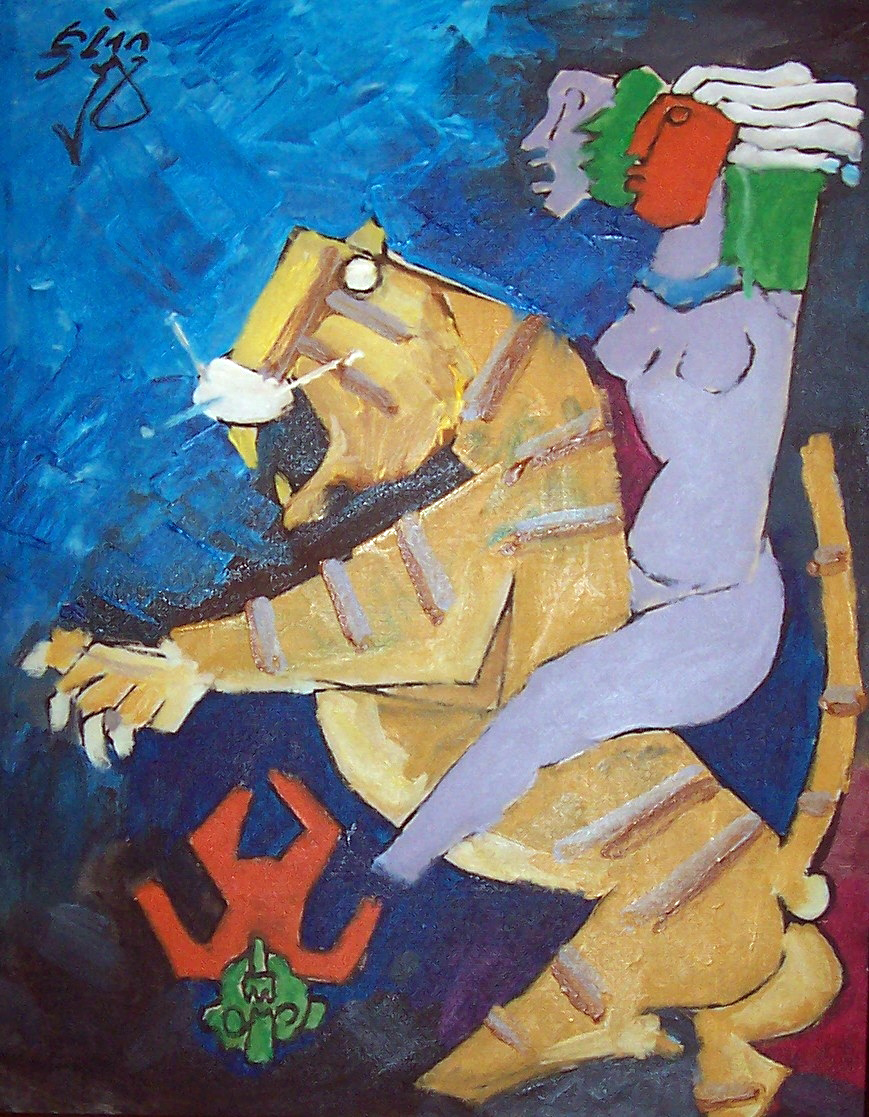
Dina Bangdel
Fall 2007
Virginia Commonwealth University
| |
| Syllabus |
| Assignments |
| Course Schedule |
| Images |
| ONLINE EXHIBIT |
| Links |
| Home |
| Syllabus: |
Required Readings:
[ Course Objectives:
Instructional Approaches: As part of the problem-based learning (PBL) strategy, there will be a major class project (See Assignments). The main objective of this cumulative activity is to provide an authoritative, creative, and well-researched web resource on this subject. The project is aimed to challenge and motivate you towards construction of knowledge. These will acquire problem-solving, communication, collaboration, planning, and self- evaluation skills after the completion of the project. In other words, you will work collaboratively in groups to solve real world problems, similar to most professional working environment. The course outline follows a topical theme for each week, in which we will have in-class discussion, individual presents based on the readings as well as assignment related to the theme. Problems, questions and issues are the point of entry into the subject and should be the source of motivation for sustained inquiry into this area. Students in this course have a wide range of backgrounds and experiences in art history, but each can make a valuable contribution to the efforts of the group. Some students may have more "content" knowledge than others, and will be able to test just how deep that knowledge is, by trying to explain an idea to someone else. Others, by virtue of being unfamiliar with a particular area, can often help their group see a situation from different perspectives and, through their questions, make certain that all in the group finish with a true understanding the material. Course Format: The course format consists of lecture, weekly readings, 1-2 paragraph reaction papers, short group/individual presentation, and in-class discussion. The first part of the course will be devoted to content lecture. Powerpoints of the lectures will be available on Blackboard for your review. The second part of the course will be discussion, based on the specific theme assigned for the week. 2 students are required to conduct the weekly discussion, highlighting the major issues found in the readings. You will be required to write a 1-2 page reaction paper based on the class readings. |